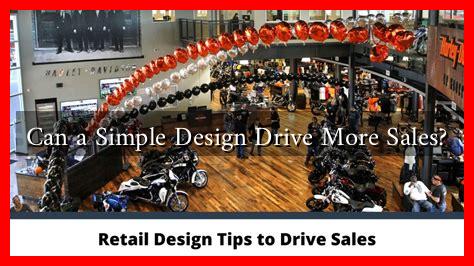-
Table of Contents
Can a Simple Design Drive More Sales?
In the fast-paced world of e-commerce and digital marketing, businesses are constantly seeking ways to enhance their sales figures. One often overlooked aspect is the design of their websites and products. The question arises: can a simple design drive more sales? This article delves into the relationship between design simplicity and sales performance, supported by examples, case studies, and statistics.
The Psychology of Simplicity
Simple design is not just about aesthetics; it taps into the psychology of consumer behavior. Research indicates that consumers prefer products and websites that are easy to navigate and understand. A study by the Nielsen Norman Group found that users often leave websites that are cluttered or confusing. Here are some psychological principles that support the effectiveness of simple design:
- Cognitive Load: Simplicity reduces cognitive load, allowing consumers to process information more efficiently.
- Trust and Credibility: Clean designs often convey professionalism, which can enhance trust in a brand.
- Focus on Key Elements: A simple design directs attention to essential elements, such as calls to action (CTAs) and product features.
Case Studies: Success Stories of Simple Design
Several companies have successfully leveraged simple design to boost their sales. Here are a few notable examples:
1. Apple
Apple is renowned for its minimalist design philosophy. The company’s website and product interfaces are characterized by clean lines, ample white space, and a focus on product imagery. This simplicity not only enhances user experience but also drives sales. According to a report by Forbes, Apple’s design approach has contributed significantly to its brand loyalty and sales growth.
2. Airbnb
Airbnb’s website design is another example of simplicity driving sales. The platform uses a straightforward layout that allows users to search for accommodations easily. By minimizing distractions and focusing on essential features, Airbnb has seen a significant increase in bookings. A study by Harvard Business School highlighted that user-friendly design directly correlates with higher conversion rates.
Statistics Supporting Simple Design
Numerous studies have quantified the impact of simple design on sales. Here are some compelling statistics:
- According to a study by Smashing Magazine, websites with a clean and simple design can increase conversion rates by up to 200%.
- A report from HubSpot found that 76% of consumers say the most important factor in a website’s design is that it makes it easy for them to find what they want.
- Research by UX Design indicates that simplifying the checkout process can reduce cart abandonment rates by up to 35%.
Implementing Simple Design in Your Business
To harness the power of simple design, businesses can take several actionable steps:
- Prioritize User Experience: Conduct user testing to identify pain points in your current design.
- Minimize Clutter: Remove unnecessary elements that do not contribute to the user’s journey.
- Focus on CTAs: Ensure that calls to action are prominent and easy to understand.
- Use Consistent Branding: Maintain a cohesive look and feel across all platforms to enhance brand recognition.
Conclusion
In conclusion, a simple design can indeed drive more sales by enhancing user experience, building trust, and focusing consumer attention on key elements. The success stories of companies like Apple and Airbnb, along with compelling statistics, underscore the importance of simplicity in design. By implementing straightforward design principles, businesses can not only improve their sales figures but also foster long-term customer loyalty. As the digital landscape continues to evolve, embracing simplicity may be one of the most effective strategies for driving sales in the future.

